
Daily Archives: November 4, 2018
Filters
Environmental Portrait Experimentation
ENVIRONMENTAL PORTRAITS
It is a portrait where the subject is photographed within an environment that they are usually in, it could be a profession or a hobby. This type of portrait allows the photographer to show what type of person the subject it depending on their environment and it illuminates the their character. By the subject looking directly into the camera, it allows the viewer to feel a connection between the two sources. The environment is always used as a background and it can range from large and busy to small and simple, the background isn’t the main part of the image, its the subject themselves as they draw most of the attention towards themselves as they are telling the story behind the image.
EXPERIMENTATION
These are images I took when experimenting with environmental portraits. In some of these images I used flash to create a dramatic lighting effect. I also regularly changed the shutter speed which was dependent on how dark or light the background was. Some of my images where too exposed this is because my shutter speed was too slow and ISO was to high, which meant the camera was sensitive to the amount of light I was letting into the image, with the image being over exposed it made the image become more white than it was. My images have a wider range of variety, as I went to different environments in a school so this helped with me adjusting the manual settings on the camera. The meaning behind these images it to show the students and teachers in their everyday environment doing their work and where they are mostly seen. With these subject being put in their everyday environment it is easier for the viewer to make a connection and an understanding as the environment it relatable especially for sutdents.
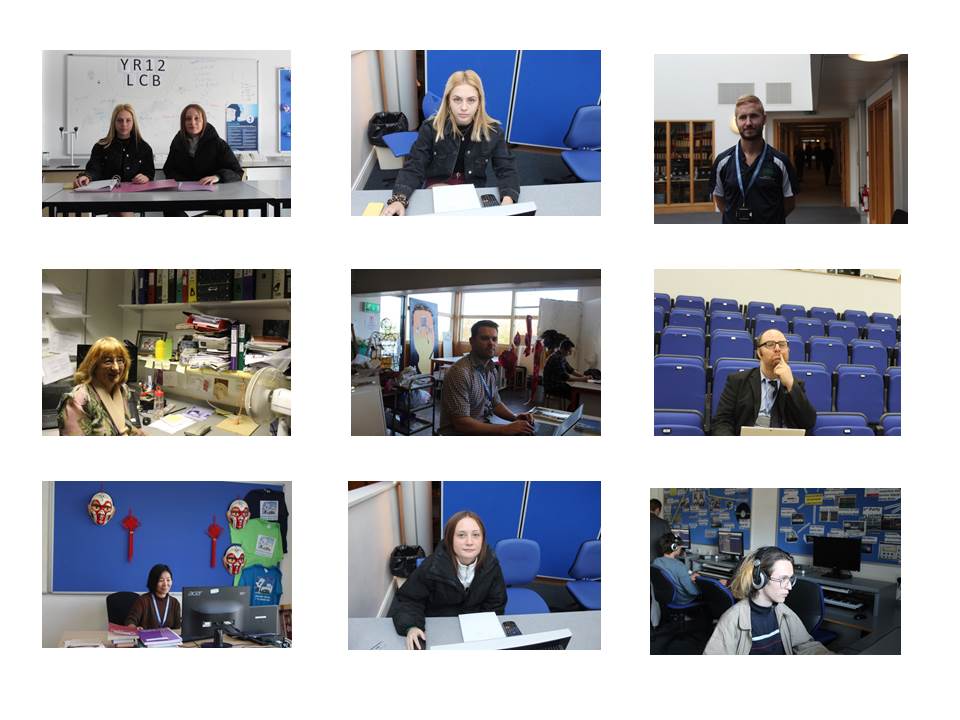
Arnold Newman Image Analysis
ANALYSIS
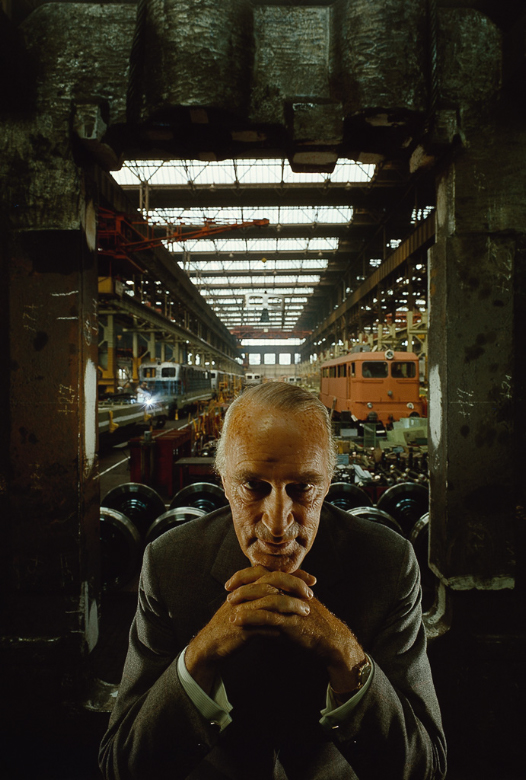 Alifred Krupp
Alifred Krupp
EMOTIONAL RESPONSE;
He gives off an unsettling feeling due to his intimidating look – the way he is looking at the camera and leaning on his hands. The initial emotion from this image is negative due to the way the man has come across, due to his expressions and the dark colour in the image.
TECHNIQUAL;
The camera was set at eye level, to be able to get a strong connection with the subject. The subject is centered to create a stronger look in the image as more symmetrical. There is also a large depth of field as there is a big background that is also within the frame and more or less in focus along with the main subject in the photo.
VISUAL;
There is an old man in the center, with little hair but the hair that remain is white/grey which shows the age of the man. His hands are clasped together and he is leaning on his elbows with his chin just resting on top of his knuckles. His eyes are penetrating into the camera lens, along side this his face as little expression in it, it is very neutral, almost like he is thinking/planning something. He is a faded dark grey suit which suggest he is important or dressed for an important event. The dark colours throughout the image suggest that there is something more deep and meaningful in this image that we have to figure out.
CONCEPT;
Newman had the idea of presenting evil within this image and to expose Alifred Krupp for the toxic person he was.
CONTEXT;
Krupp, who was a man who produced transport and material for the Nazi’s wanted a portrait of himself, so he contacted Newman for one but not knowing he was Jewish. When Krupp found out he refused to let Newman take his photos but Krupp was slowly persuaded by Newman’s phenomenal portfolio and he was then allowed to photograph him. Newman being the great photographer he was took it upon himself to portray Krupp for who he really was and he successfully did this through his image.
3. A Closer look at Environmental Portraits | Formal Portraits
>>Find resources here<<
M:\Departments\Photography\Students\Resources\Portraiture\TO DO
An environmental portrait is a portrait executed in the subject’s usual environment, such as in their home or workplace, and typically illuminates the subject’s life and surroundings.
Group Activity | Image Analysis

- Emotional Response (how it makes you feel / initial reactions):
- Technical:
- Visual:
- Conceptual:
- Contextual :
You have 5 minutes to research this image and present your findings as a group…
Blog Post 1 :
- define, describe and explain what an environmental portrait is
- add a mood board grid of suitable images
- include hyperlinks to suitable URLs to help you
- add at least one video to create inter-activity on your blog
Blog Post 2 :
Choose either Arnold Newman or August Sander to write a CASE STUDY and create a blog post that includes….
- a brief biography of the artist and their aims / intentions
- Mood-board of key images
- Select one key image and apply Technical | Visual | Contextual | Conceptual analysis
- Add any other relevant research / insights


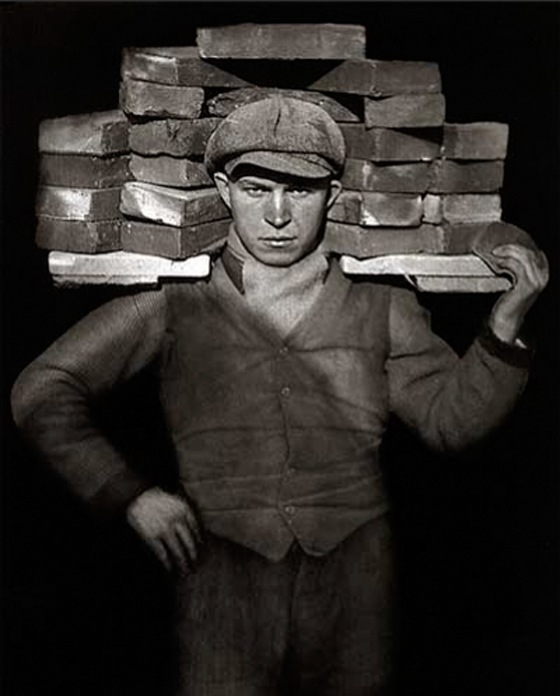
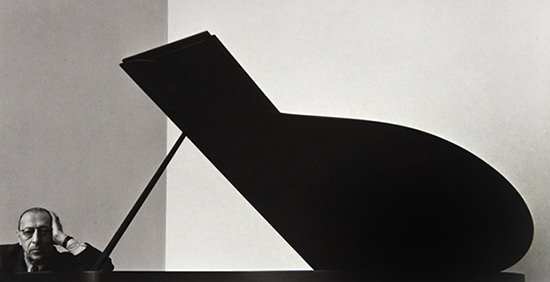
Other environmental portraits to consider
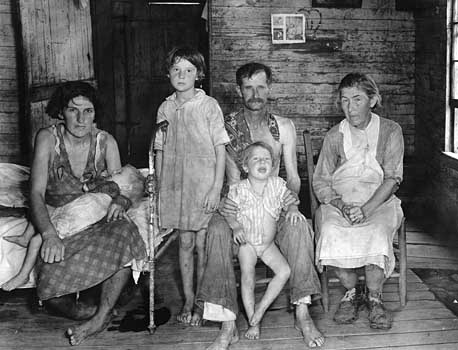

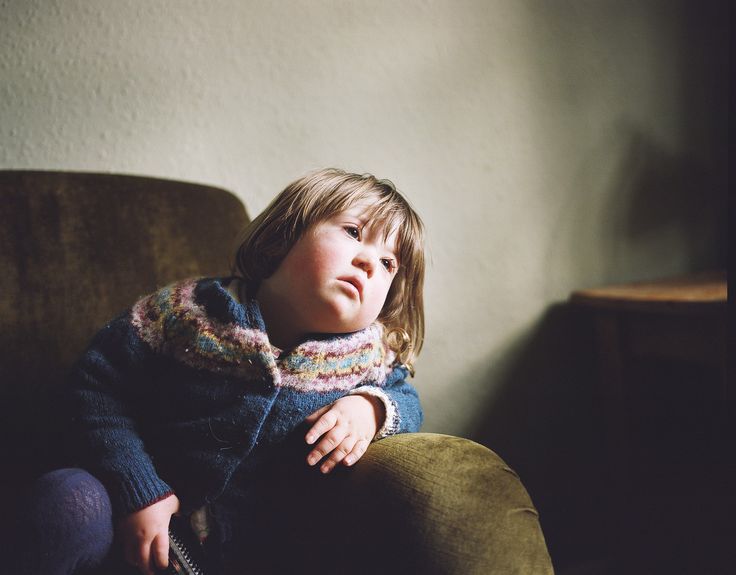
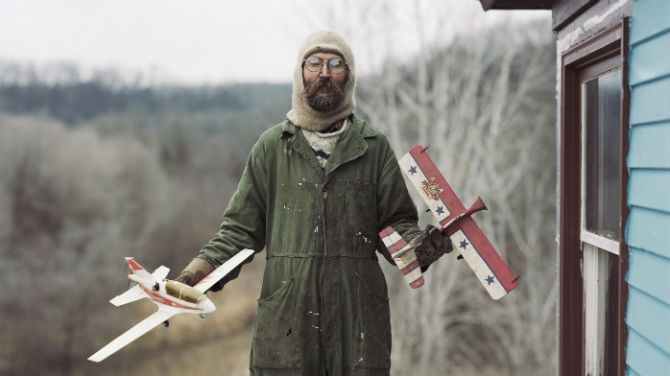
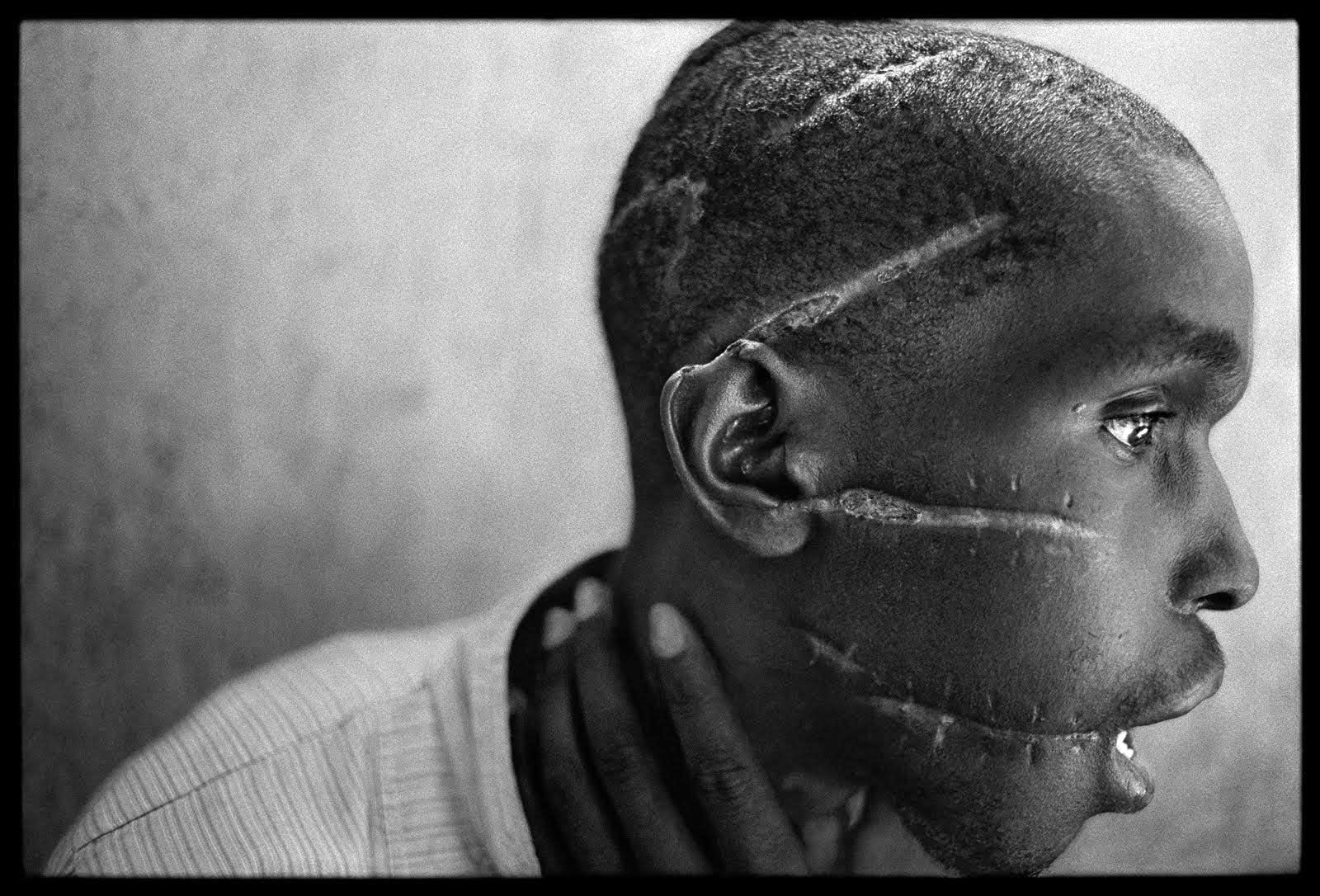

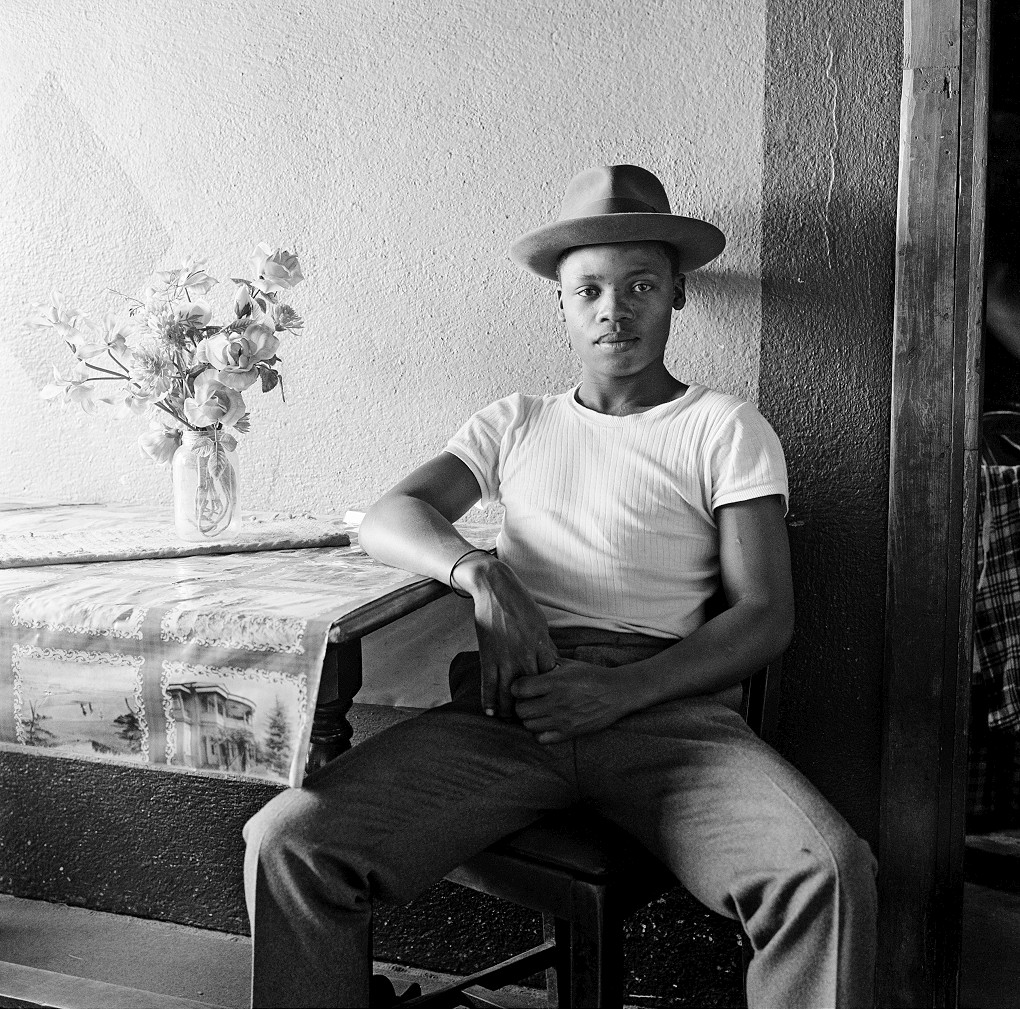

Resources to help you analyse and interpret the images…




Remember to show your Photo-Shoot Planning and clearly explain :
- who you are photographing
- what you are photographing
- when you are conducting the shoot
- where you are working/ location
- why you are designing the shoot in this way
- how you are going to produce the images (lighting / equipment etc)
Or use this one…

2. Introduction to Portrait Photography : A Brief History
>>Find resources here<<
M:\Departments\Photography\Students\Resources\Portraiture\TO DO
Historical Purpose of Portraits
A portrait is a representation of a particular person. A self-portrait is a portrait of the artist by the artist
Portraiture is a very old art form going back at least to ancient Egypt, where it flourished from about 5,000 years ago.

Before the invention of photography, a painted, sculpted, or drawn portrait was the only way to record the appearance of someone.
But portraits have always been more than just a record. They have been used to show the power, importance, virtue, beauty, wealth, taste, learning or other qualities of the sitter.
Portraits have almost always been flattering, and painters who refused to flatter, such as William Hogarth, tended to find their work rejected. A notable exception was Francisco Goya in his apparently bluntly truthful portraits of the Spanish royal family.
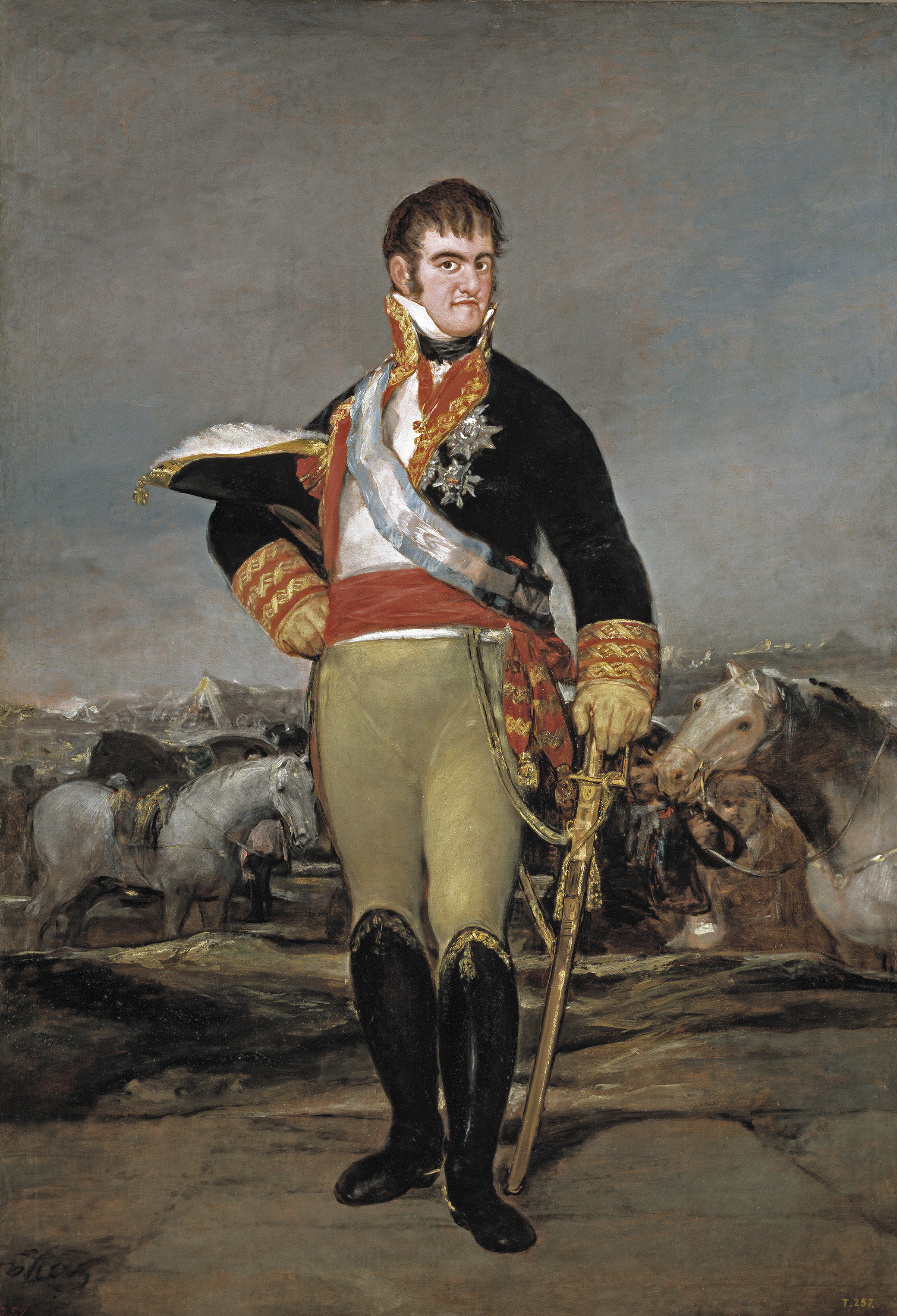
Photography 1800’s onwards
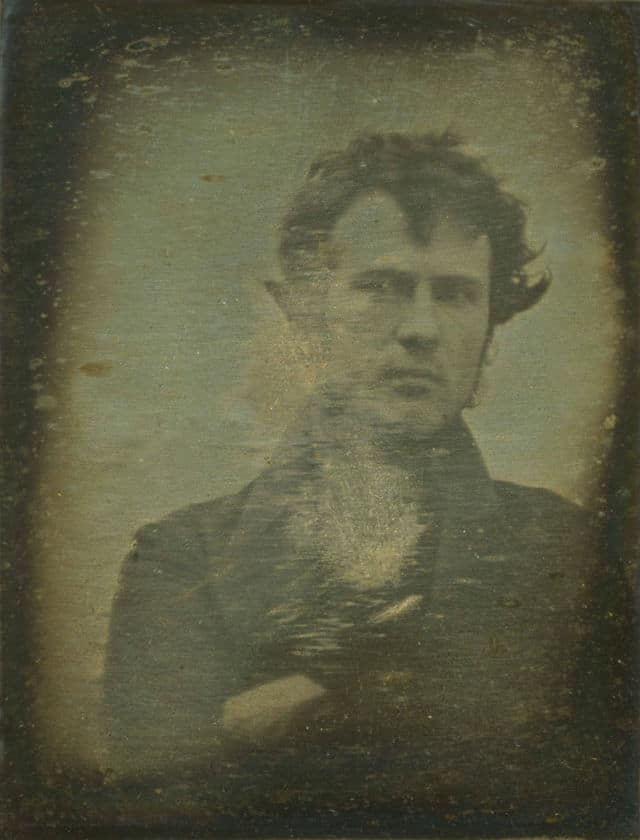
We may be used to selfies now, but it’s Robert Cornelius’s 1839 image that lays claim to the first self-portrait. Taken in Philadelphia, Cornelius sat for a little over one minute before covering the lens.

Cameras for Everyone (1900-84)
Photography became more common when the Eastman Kodak Company introduced the Kodak No. 1 camera in 1888. Kodak made photography easier for everyone by doing the developing and sending the reloaded camera and developed prints back to the customer. These cameras made photography more accessible to the general public. Their 1900 Brownie Box camera was the first mass market camera. The turn of the century also embraced photography as an art form. The Smithsonian Institution began collecting and exhibiting photography in 1896, and many galleries began to follow suit, exhibiting different photographers and their works.
Stieglitz and the Photo-Secession
This time period also introduced Alfred Stieglitz, one of the first people to become famous for making photography an art form. In 1902, he and a group of friends founded the Photo-Secession movement. This movement sought to make photography less commercial and more of an art form.
Photojournalism and the picture story vs Documentary (long-form) photography
Photojournalism really started to take shape when photographers could easily transport cameras into war zones. The “Golden Age of Photojournalism” is often considered to be roughly the 1930s through the 1950s. It was made possible by the development of the compact commercial 35mm Leica camera in 1925, and the first flash bulbs between 1927 and 1930, which allowed the journalist true flexibility in taking pictures.
For the first time, ordinary citizens could see the impact of the fighting right there in their newspaper. It was a pivotal moment in photography and it became more and more real between the Civil War and World War II.
Yet photojournalism is not just about war or photographers working the beat for a local newspaper. It’s much more than that. Photojournalism tells a story and it often does so in a single photograph. They evoke a feeling, whether its astonishment, empathy, sadness, or joy.
That is the mark of photojournalism; to capture that single moment in time and give viewers the sense that they’re part of it.
Documenting the PublicThe turn of the century continued to use portrait photography for documentary uses. In 1906 Lewis Hine was hired to document the conditions that child labor workers had to deal with in different factories throughout the U.S. His photographs were used to help pass child labor reforms, like the Fair Labor Standards Act of 1938, which banned oppressive child labor.
 |
In 1914, the U.S. State Department began requiring photographs on all passports.
The stock market crash in 1929 led to the next round of documentary portraiture. In 1935, photographers were hired to document what was going on in the farmlands of America. The Resettlement Administration, which later became the Farm Security Administration, wanted to see through photographs how the farmers were living. The New Deal offered several programs for artists and photographers, such as the Works Progress Administration. People hired for the WPA documented life throughout America. One famous WPA photographer was Dorothea Lange, who profiled the plight of farmers in America.
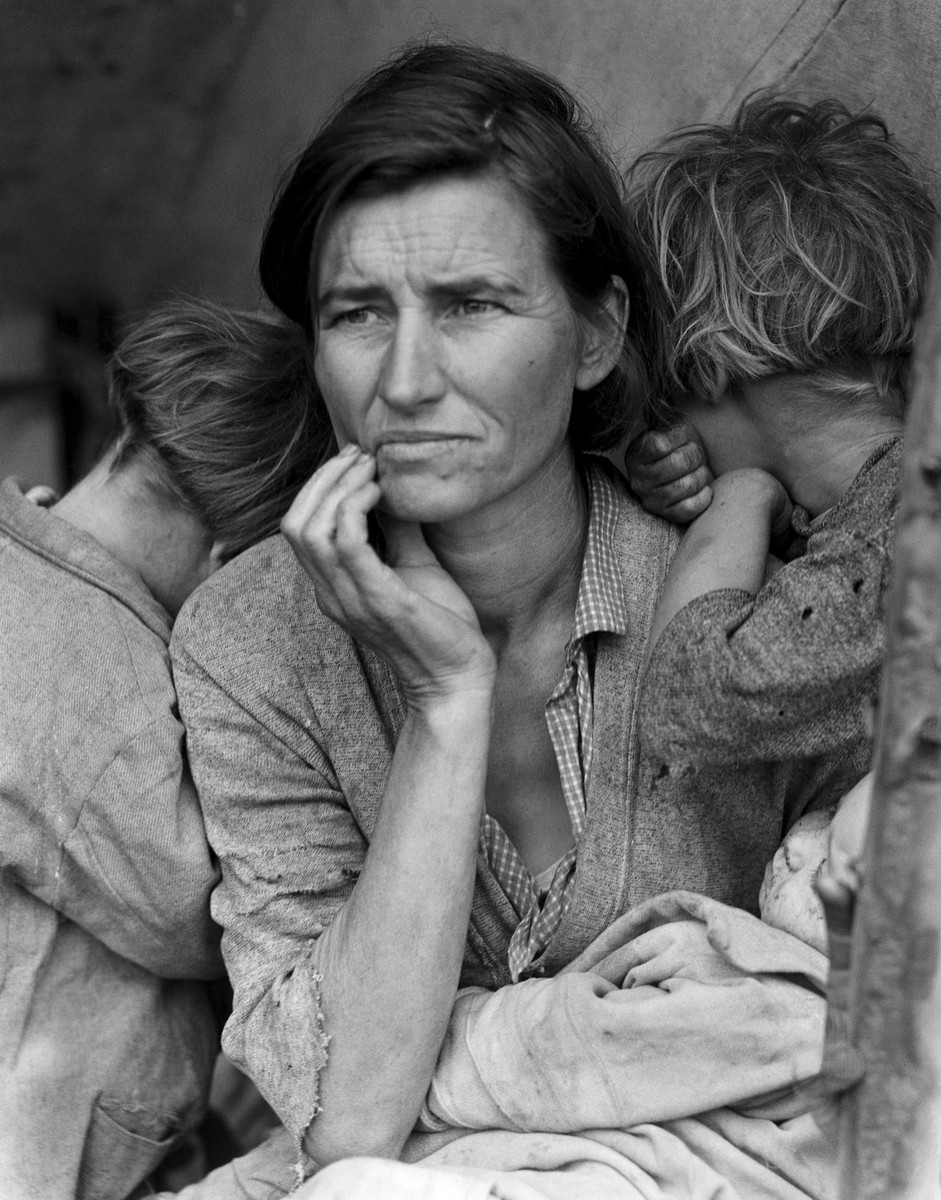
The Impact of War Photography



Put simply, photojournalism is about capturing verbs. This doesn’t mean simply taking an action photo. Communicating the verb is much more than that.
Although it is great when it happens, photojournalism isn’t about the best composition, or the best technical details, or a pretty subject.
Photojournalism is about showing the world a story of something that really happened.
“Bearing witness” is a phrase that comes to mind in regards to photojournalism.
Photojournalism allows the world to see through the eyes of the photographer for just a moment. When photojournalism is done right, that one moment conveys volumes of time.
Conveying the full story is part of environmental portraiture where the setting tells us as much about the subject as the subject themselves.
The emotion is often raw in photojournalism. The photographer is not directing the scene as a portrait or commercial photographer would. Instead, the best of them blend into the background and become a shadow figure (unlike the paparazzi). They are there to observe and capture, not become the story or interrupt it.
The photojournalist has a different attitude than other photographers and it’s necessary to capturing those memorable photos. And quite often, that single photo can become a call to action for the millions of people who see it.

Another vitally important part of photojournalism is accuracy. This means that what is in the frame is what happened.
Power lines should not be cloned out. More smoke must not be added to a fire scene. What was captured is how it should be. Sadly, the era of digital photography has made it easier than ever to manipulate reality.
The image should be a window into the event. At most, lighten the shadows a touch to see faces or sharpen the image a bit for clarity but do not change the essence of what you capture in the photo. If you do, you change the story.
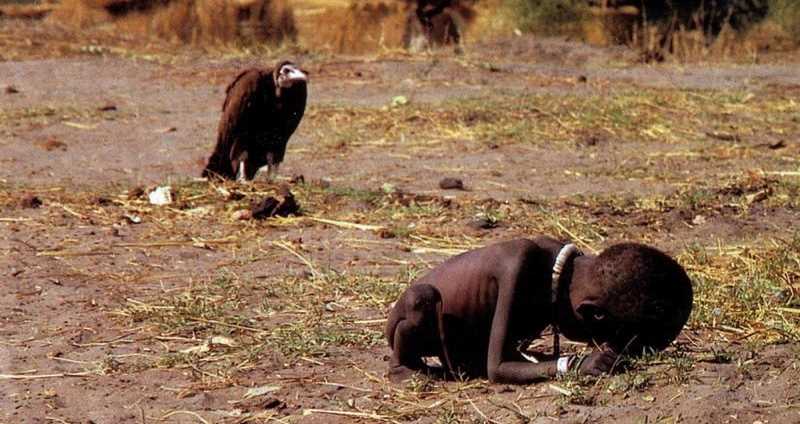
https://petapixel.com/2013/08/08/exploring-the-art-of-portrait-photography-and-the-role-of-the-portrait-today/
Discuss
- Responsibilities
- Representation
- Code of conduct / ethics
- Standards
Make
- a poster
- include mind-map of types of portrait photography
- add images
Blog
- design and make an introductory blog post that includes the key features of what you have learned (above)
- include images
- add hyperlinks
- add / embed relevant YOUTUBE clips to help articulate your findings

